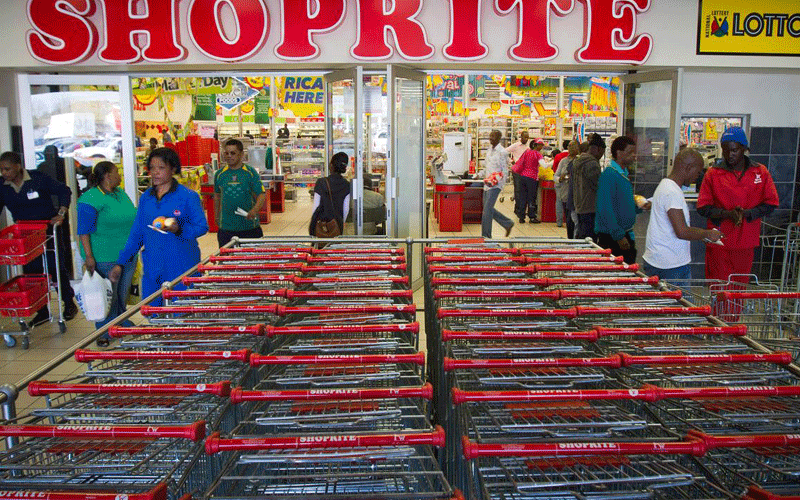Eyes on retail sector as Shoprite confirms exit
By Steve Umidha, September 9, 2020Steve Umidha @UmidhaSteve
Shoprite Holdings Ltd, Africa’s largest consumer goods retailer will close and dispose of its remaining two stores in Kenya in the next three months — barely two years after its entry into the local market.
Announcement by the South African retailer yesterday is yet another strong validation that the country’s retail sector is on its death bed, with just two brands; Naivas and Quickmatt now controlling the local market.
The Cape Town-based company announced in April that it was evaluating its operations in East Africa as part of a wider plan to exit markets that have proved to be unprofitable – after another retailer, Botswana’s Choppies quit the market for similar reasons.
In March this year, Shoprite unexpectedly halted its aggressive expansion in Kenya after the firm announced the closure of its Waterfront branch in Nairobi’s upmarket Karen suburb, rendering more than 100 workers redundant.
Currency devaluations
Further concerns like currency devaluations in markets of operations, supply concerns and low consumer spending in economies like Angola, Nigeria and Zambia had weighed on the retailer’s earnings.
“Kenya has continued to underperform relative to our return requirements,” the retailer said, as quoted by Reuters, adding its decision to leave had been confirmed by the economic impact of Coronavirus (Covid-19).
Shoprite opened its first supermarket in Kenya at Westgate Mall, Nairobi, in December 2018, hoping to take advantage of disarray in Kenya’s grocery sector after the collapse of Uchumi Supermarkets and Nakumatt, two of the country’s top three retailers.
The rapid groundswell of e-commerce has also thrown many retailers in a stubborn reality with many shoppers today now taking advantage of such new services, in which they place an order online and hit a convenient pickup location to retrieve their groceries—often without ever having to leave their house or car.
According to the Vision 2030 plan the retail sector was touted among the six priority sectors that had been projected to make up the largest part of Kenya’s gross domestic product (GDP) and create approximately 50 per cent of total formal employment.
However, that is not the case anymore, with the sector experiencing unprecedented decline in the last five years.
In 2016 for instance, the sector expanded by 13 per cent hitting the all-time high in terms of spending by 1.8 trillion shillings, according to a survey conducted by Proctor and Gamble (P&G).
Since then recent trends characterising Kenya’s retail sector reveals mixed fortunes with subsequent exodus of suppliers, unhappy over unpaid bills, left empty shelves in key retailer’s stores, as losses mounted.
Uchumi, Kenya’s only listed retailer for example, was thrown into turmoil in June 2015 when it sacked its chief executive for alleged gross misconduct and an audit uncovered the loss of funds raised through a rights issue.
Tuskys Supermarkets, the once vibrant retailer, also found itself in a comparable situation recently with the retailer now keen to revamp its operations.
A fortnight ago, Tuskys said it will restock its outlets to the tune of Sh1.2 billion, a move it says will revive its business with the restocking to be done in conjunction with its leading suppliers, as the firm embarks on full business recovery.
“Several other branch re-launch events will follow the re-launch of Tuskys Greenspan across the country as we begin to regain our footing,” said its Chief executive Dan Githua, during the launch of its customer rewards programme dubbed ‘Tuskys Back-to-Back Sale’ that will also feature the relaunch of some of its supermarket outlets.
Stock outs
The announcement to restock comes at a time when the Competition Authority of Kenya (CAK) said it is closely watching the retailer, after it defaulted on suppliers, a move that resulted in stock outs and closure of some of its branches.
Tuskys is heavily in debt and owes suppliers a total of Sh6.2 billion but says it has reached an agreement to pay 40 per cent of the amount over two years.
Supplier debt coupled with a drop in business in the retail space, occasioned by Covid-19, has in the last two months threatened its business with the retailer forced to close some branches on reduced cash flow.
